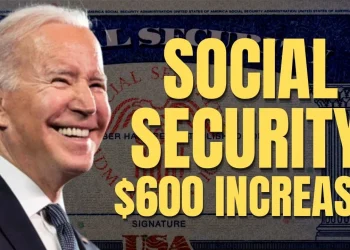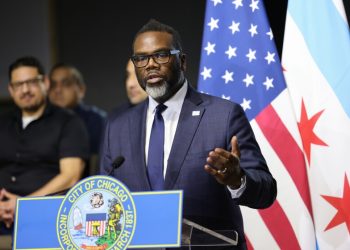According to Just The News, In fiscal year 2023, improper payments within the U.S. federal government reached an astonishing $236 billion, according to a recent Government Accountability Office (GAO) report. A significant portion of these payments, approximately 74%, were classified as overpayments, amounting to $175.1 billion. Overpayments, which occur when funds exceed the amount due, highlight substantial challenges in financial management across various federal programs. This issue underscores systemic weaknesses in controls and verification processes, leading to the misallocation of taxpayer dollars.
One notable case highlighted in the report is the Small Business Administration’s Paycheck Protection Program (PPP). This program, designed to provide financial relief during the COVID-19 pandemic, experienced an alarming improper payment rate of 49.2%. The GAO report indicated that a significant portion of PPP loan forgiveness estimates fell into the category of unknown payments due to insufficient documentation, complicating efforts to accurately track and reconcile disbursements.
Persistent Struggles in Federal Financial Oversight
Despite ongoing efforts to reduce improper payments, which have totaled approximately $2.7 trillion since fiscal year 2003, federal agencies continue to face persistent challenges. Although there has been a decline in improper payments from the peak observed during the pandemic in fiscal year 2021, the issue remains a critical concern for maintaining fiscal integrity and accountability. Enhancing oversight and strengthening internal controls are essential steps in addressing the root causes of improper payments, ensuring that taxpayer funds are used efficiently and responsibly across federal programs.
The need for reform is evident, as systemic weaknesses continue to undermine the effectiveness of federal financial management. Improving verification processes and implementing robust control mechanisms are necessary to safeguard taxpayer dollars and enhance the overall efficiency of government operations.












